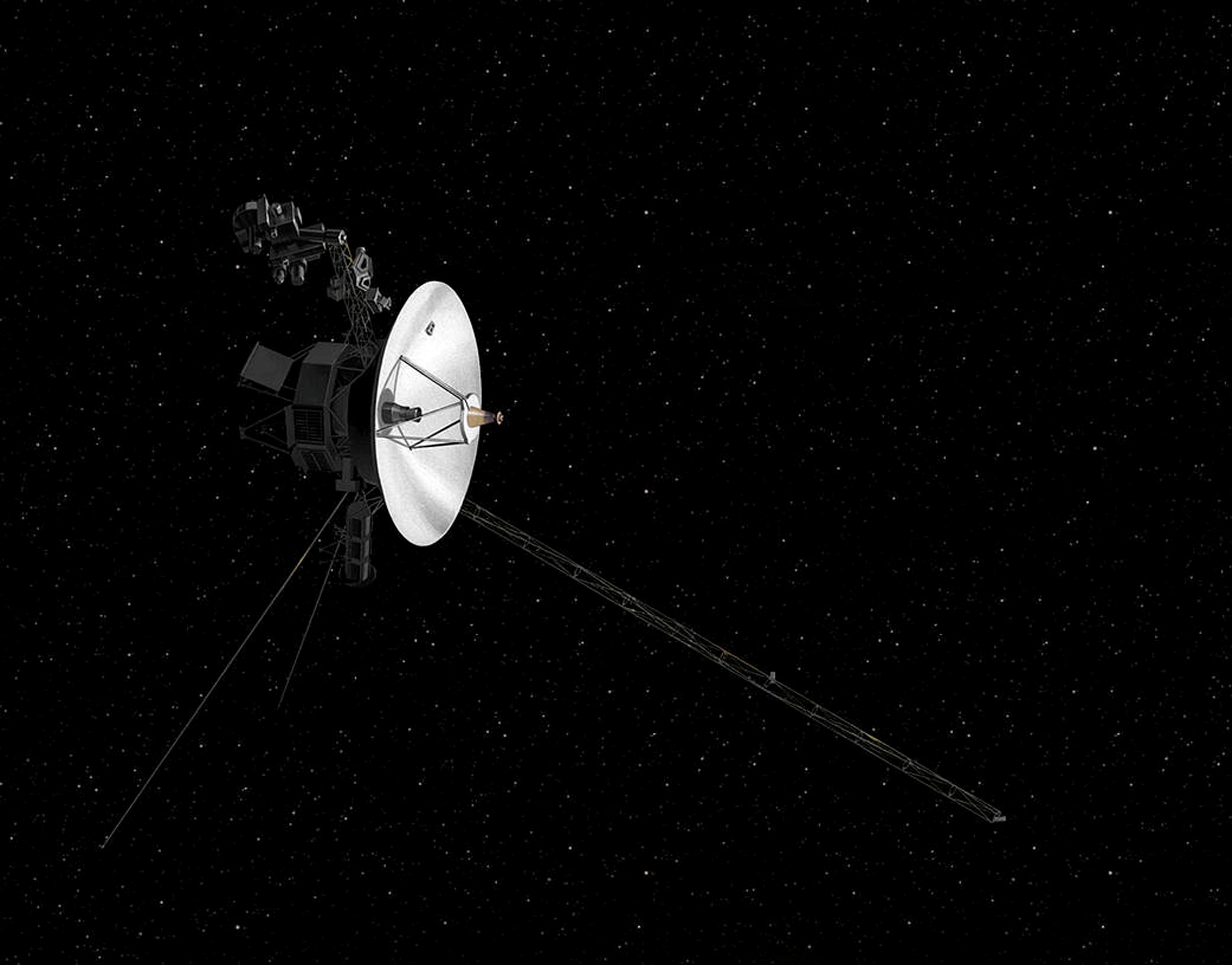:quality(85)/cloudfront-us-east-1.images.arcpublishing.com/infobae/25JLB6VYTFE5XCEASXNB4RQBXM.jpg 420w)
The National Aeronautics and Space Administration (NASA), an American entity that conducts aeronautical and aerospace research, told through its website that prior to the Pi Day several users agreed on a doubt.
It is a question of knowing how many decimals of the mathematical constant pi (π) are used by the scientists and engineers from NASA-JPL to do the daily calculations of the Aerospace Administration.
The number has undoubtedly left hundreds of NASA fans speechless, but keep in mind that you won't have to use those decimals in your day-to-day life, it's just the digit which the aerospace entity uses for its various activities.
THESE ARE THE DECIMALS THAT NASA USES
As we mentioned, you won't need to memorize all the decimals, but it never hurts to know them.
Jet Propulsion Laboratory (JPL) of the California Institute of Technology, had already resolved years ago a follower's doubt that questioned how many decimal places of pi he needed for his calculations.
Faced with the question “Does JPL only use 3.14 for its calculations of pi? Or do you use more decimals, such as: 3, 14159265358979323846264338327950288419716939937510582097494459230781640628620899862803482534211706798214808651328230664709384460955058223172535940848111745028410270193855058223172535940848111745028410270193838521105559644622948954930381964428810975665933446128475648233786783165271201909145648566923460348610454326648213393607260249141272458700660631558817488158172092096282925409171515817158171581715817209209628292540917151581715817158171581720920962829254091736436789 2590360 ″.
That is why the director and chief engineer of NASA's Dawn mission, Marc Rayman, did not hesitate to answer the question and thus leave the doubt cleared:
“To begin with, let me answer your question directly. For the most accurate calculations of JPL, which are for interplanetary navigation, we use 3.141592653589793. Let's look at this a little closer to understand why we don't use more decimal places. I think we can even see that there are no physically realistic calculations that scientists make for which it is necessary to include almost as many decimal points as the ones you present,” he said.
To better understand this answer, he left three examples, which help to more clearly illustrate the use and number of decimals used by NASA.
Example 1: The spacecraft that is furthest from Earth is Voyager 1, which is currently 22,607 million kilometers away. If we were to draw a circle with that radius and wanted to calculate the circumference (2πR), the result is approximately 142 billion kilometers. You don't need to know the exact value, but what is the error in not using more decimal places of pi. Using, for example, many more decimals, the error would be ridiculous, and the calculated circumference would only be 3 or 4 centimeters larger, which in relation to those 142 billion km represents a fraction of no importance whatsoever.

Example 2: We can take this home to our planet Earth. It is 7,926 miles in diameter at the equator. The circumference is then 24,900 miles. That is the distance you would travel if you circumnavigated the globe (and didn't worry about hills, valleys, obstacles such as buildings, rest areas, waves in the ocean, etc.). How far would your odometer be if you used the previous limited version of pi? It would be the size of a molecule. There are many different types of molecules, of course, so they span a wide range of sizes, but I hope this gives you an idea. Another way to look at this is that your mistake in not using more digits of pi would be 10,000 times thinner than a hair!
Example 3: Let's go to the largest size there is: the visible universe. The radius of the universe is about 46 billion light years. Now let me ask you a different question: How many digits of pi would we need to calculate the circumference of a circle with a radius of 46 billion light years with precision equal to the diameter of a hydrogen atom (the simplest atom)? The answer is that you would need 39 or 40 decimal places. If you think about how fantastically vast the universe is, really far beyond what we can conceive, and certainly much, much, far beyond what you can see with your eyes, even in the darkest, most beautiful, star-filled night, and you think about how incredibly small a single atom is, you can see that we wouldn't need to use many digits of pi to cover the entire range.
KEEP READING
